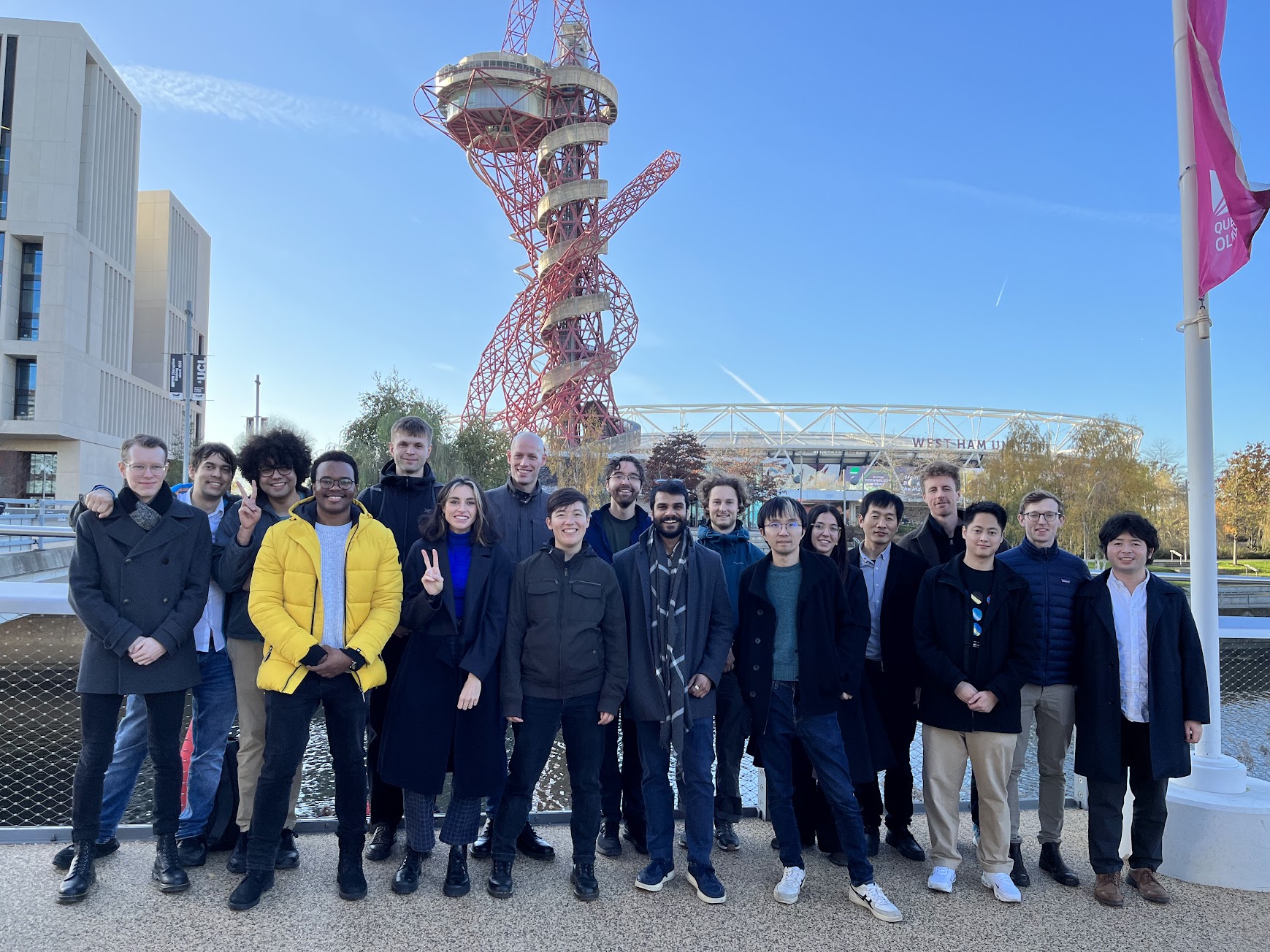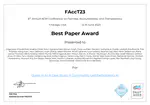We are a research group at UCL’s Centre for Artificial Intelligence.
Our research expertise includes:
- data-efficient machine learning and probabilistic modeling
- autonomous decision making and recommender systems
- responsible AI and AI safety
We also work on applications related to social/environmental sustainability, climate and nuclear fusion.
If you are interested in joining the team, please check out our openings.

Recent Blog Posts
Iterative State Estimation in Non-linear Dynamical Systems Using Approximate Expectation Propagation
State estimation in nonlinear systems is difficult due to the non-Gaussianity of posterior state distributions. For linear systems, an exact solution is attained by running the Kalman filter/smoother. However for nonlinear systems, one typically relies on either crude Gaussian approximations by linearising the system (e.




